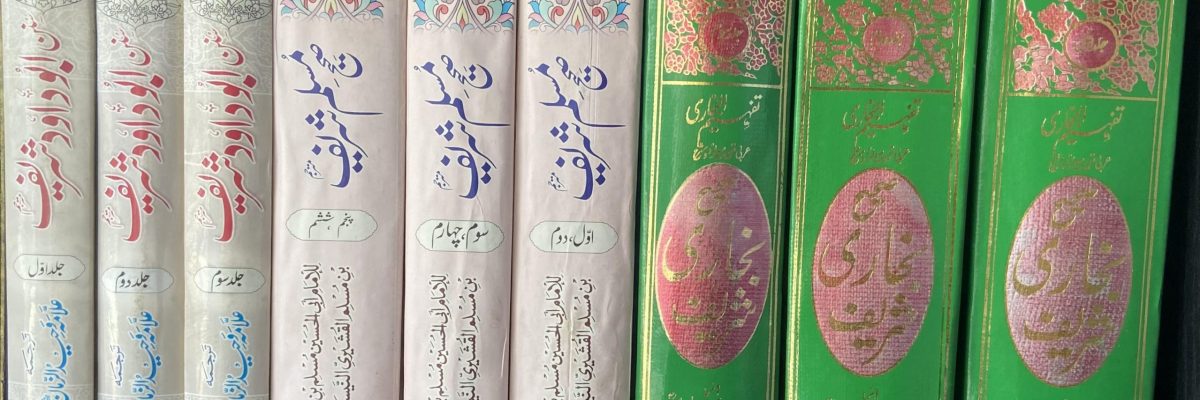Fatwa ID: 02336
Answered by: Molana Muhammad Adnan
Question:
I was recently asked a question to which I had no answer. I was asked if islam promotes hayya and modesty, then why are slave girls in the time of rasool Allah SAW or umar RA not allowed to wear hijab but walked around bare chested. Surely this goes against the very practice of islam, that is shyness and modesty. Please answer my question so I may be sure myself and address what was raised to me. I am aware that this does not apply anymore, however the question still stand
Answer
بسم الله الرحمن الرحيم
The 2 riwayaat which are generally known are in Musannaf Ibn Abi Shaybah(2632) and Bayhaqi Al Sunan Al Kubra(V2 P227). Both of them do not have the words ‘bare chested”. The awrah of concubines is the same as a mahram woman.
Imam Ibn Abidin (Allah have mercy on him) expounds on the issue of a slave-woman’s Awrah. He states here and in another chapter of his work that the Awrah of a slave-woman (excluding one’s own) is similar to the Awrah of a Mahram woman, in that it is permissible to see of a slave-woman that which is permitted to see of a Mahram woman. The area between the navel up to and including the knees was understandable but there was a need to define the stomach and back. As such, he clarifies what precisely is meant by the stomach and back and stipulates clearly that the chest including the breasts and the area parallel to the chest from the back are not considered to be part of the Awrah of a slave-woman and a Mahram. Thus, strictly speaking, it is not necessary for a woman to cover these parts in front of a Mahram male.
Similarly, it is stated in al-Fatawa al-Hindiyya:
“It is okay for a man to see from his mother, mature daughter, sister and all other Mahram women such as grandmothers, grandchildren, paternal and maternal aunts, at their: hair, chest, locks, breasts, forearms (shoulders) and shins. It is not permissible to look at their back, stomach and the area between the navel and (including the) knees.”(Al-Fatawa al-Hindiyya, 5/328)
Written by Molana Muhammad Adnan
Checked and approved by Mufti Mohammed Tosir Miah
Darul Ifta Birmingham

